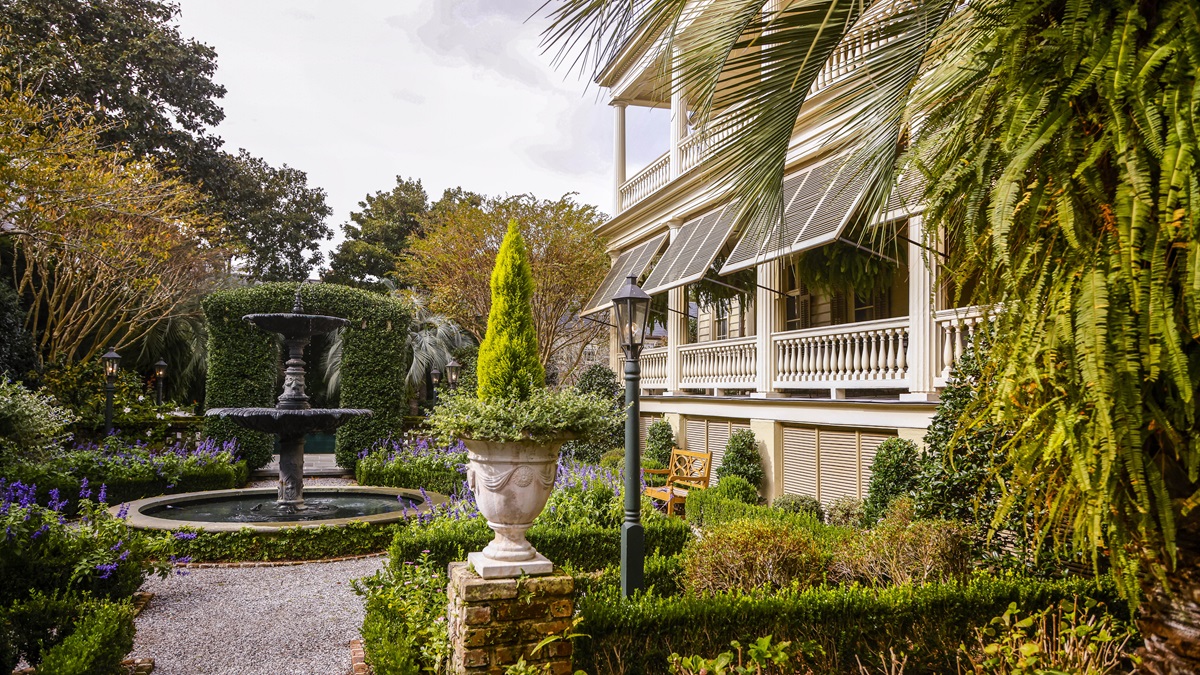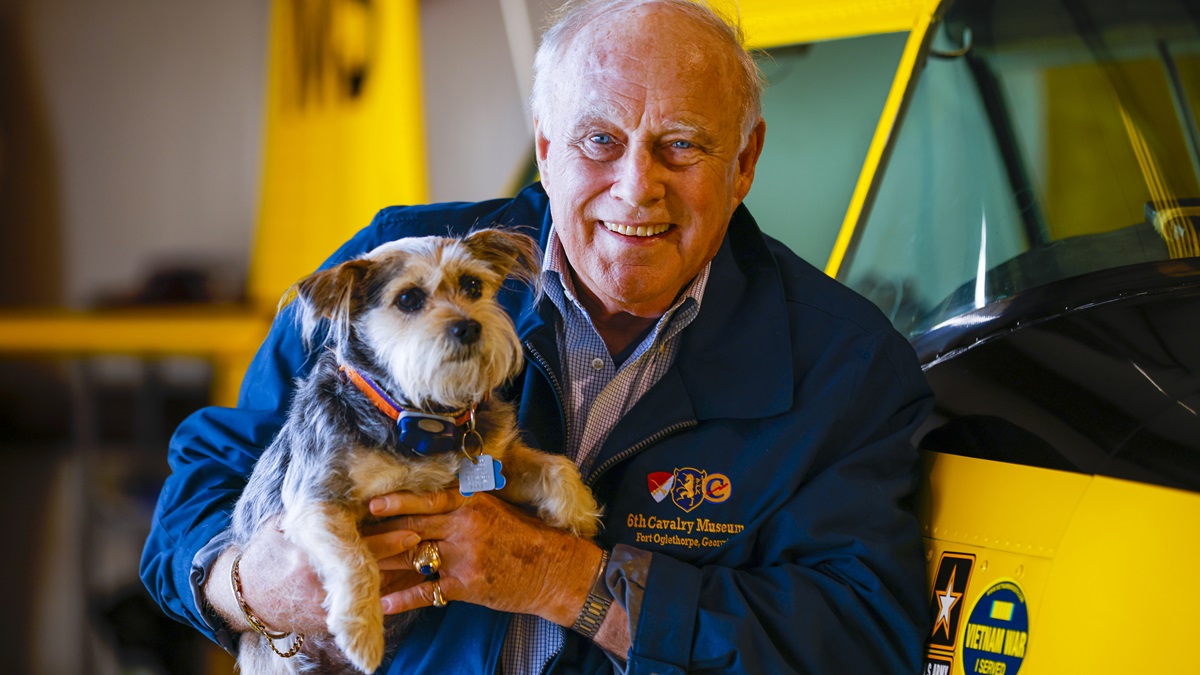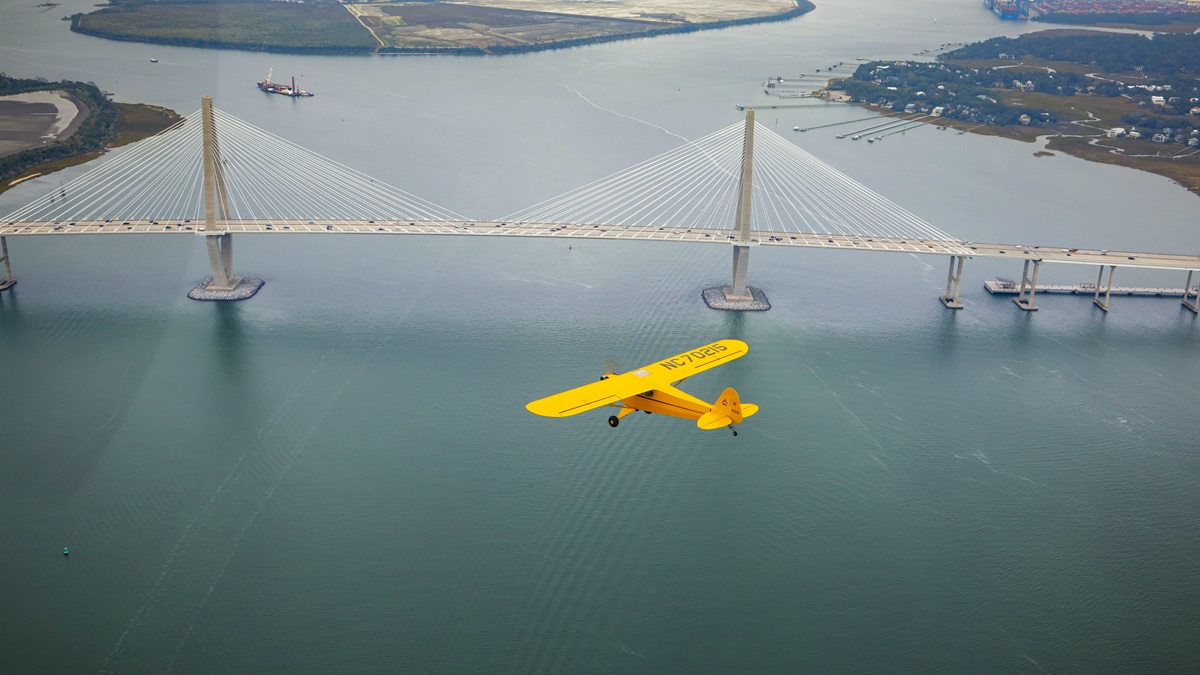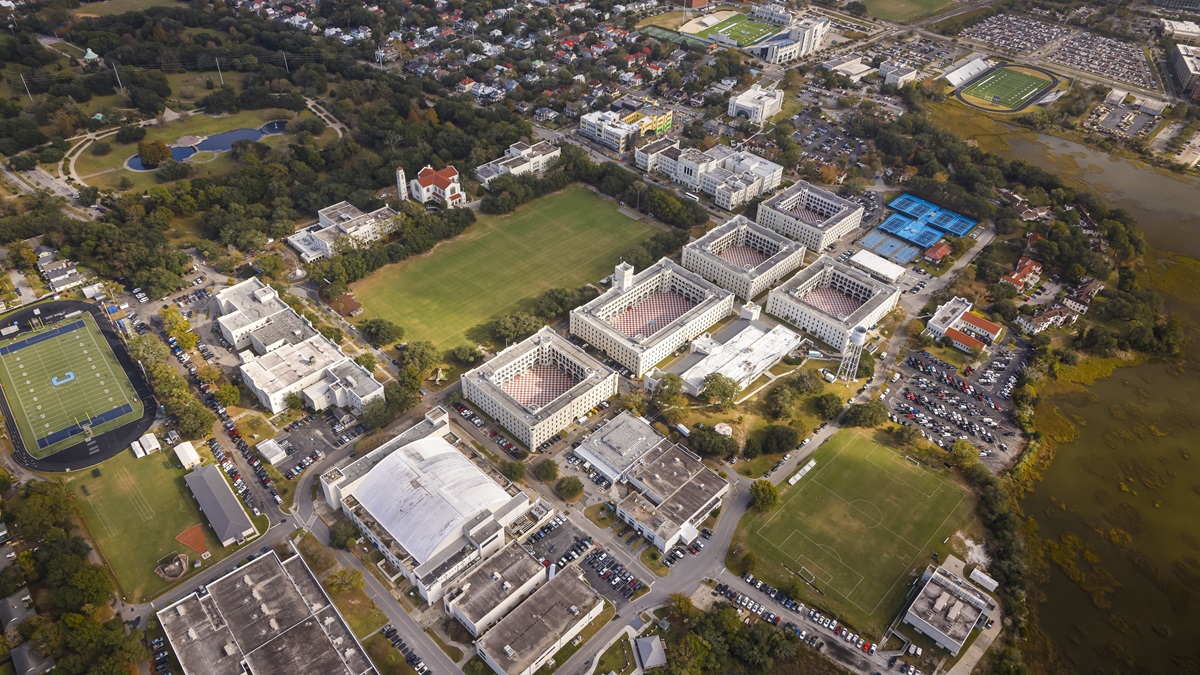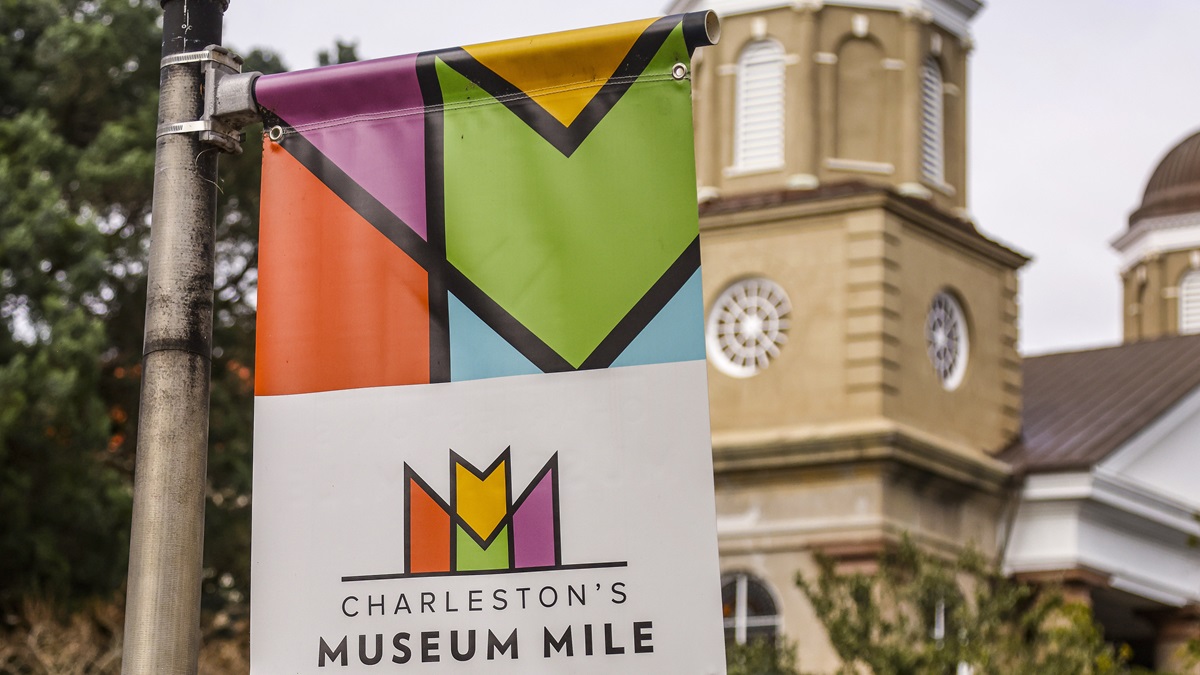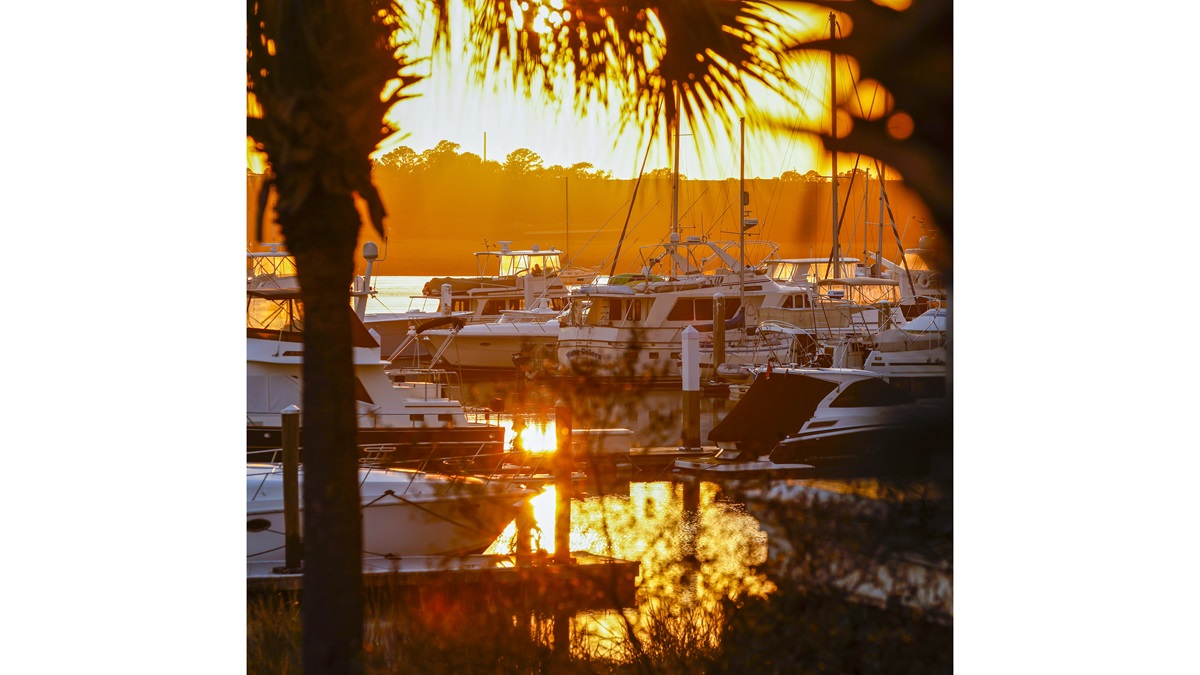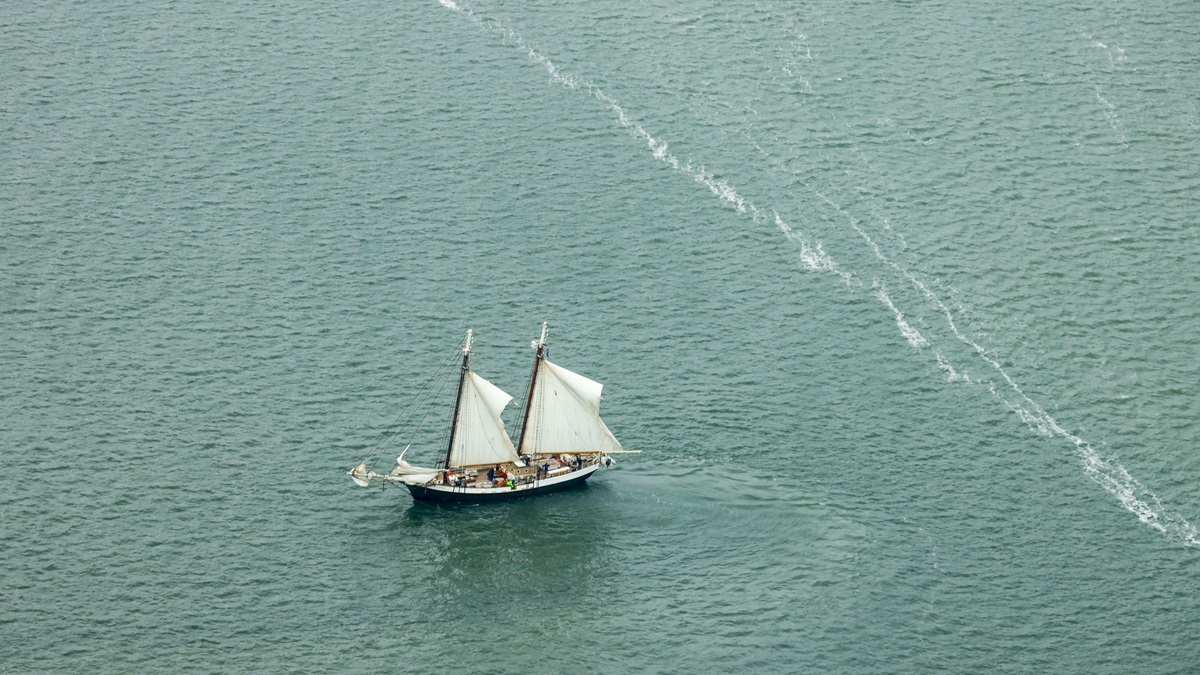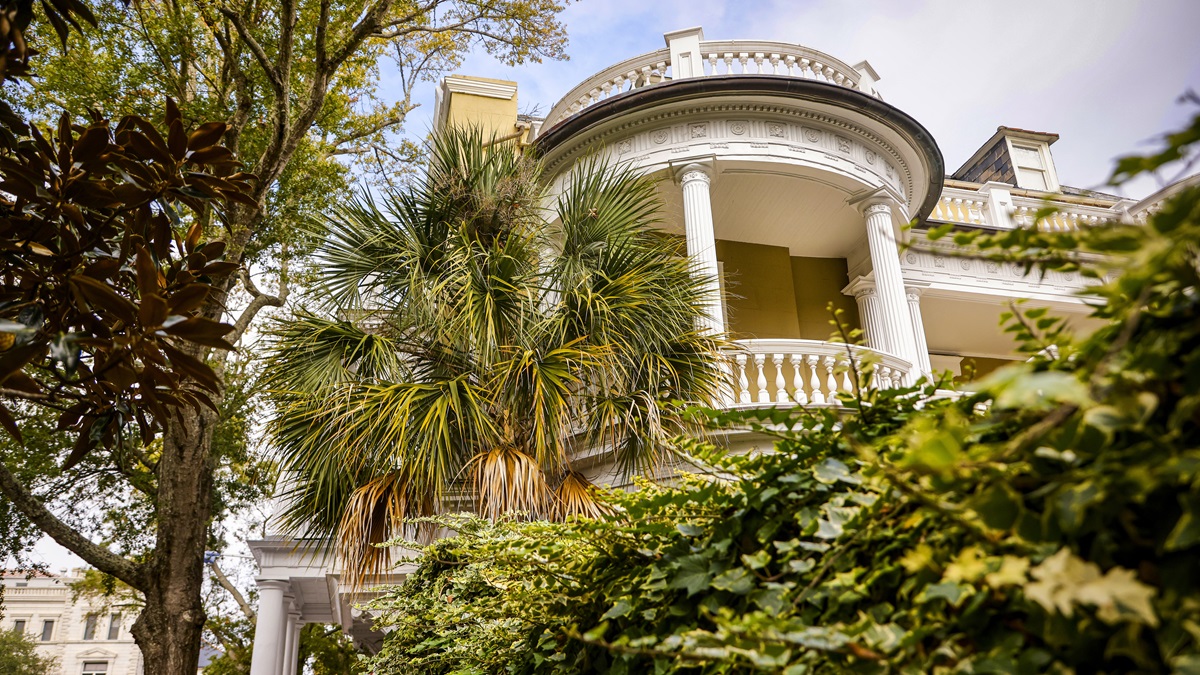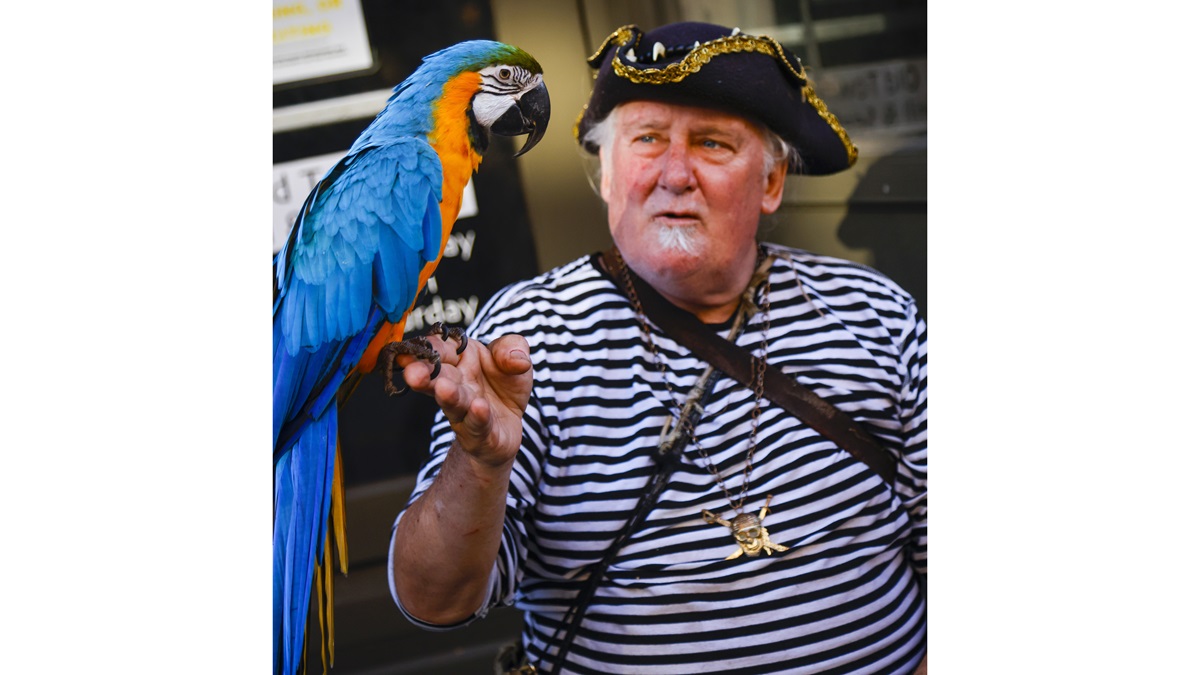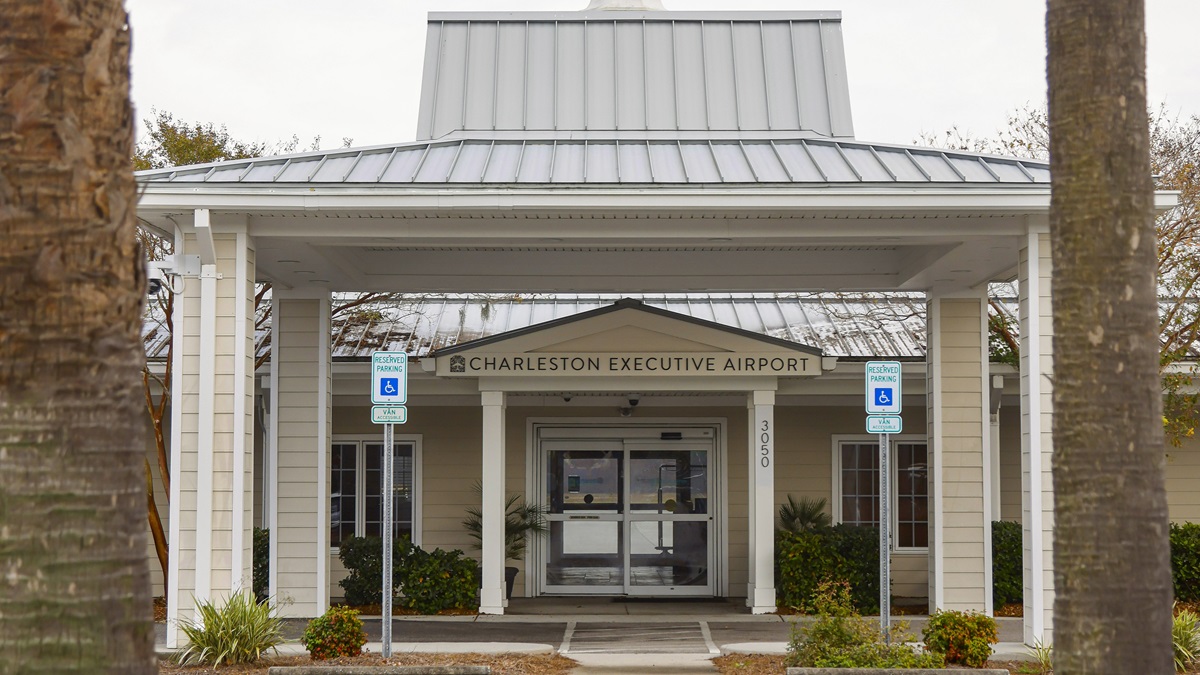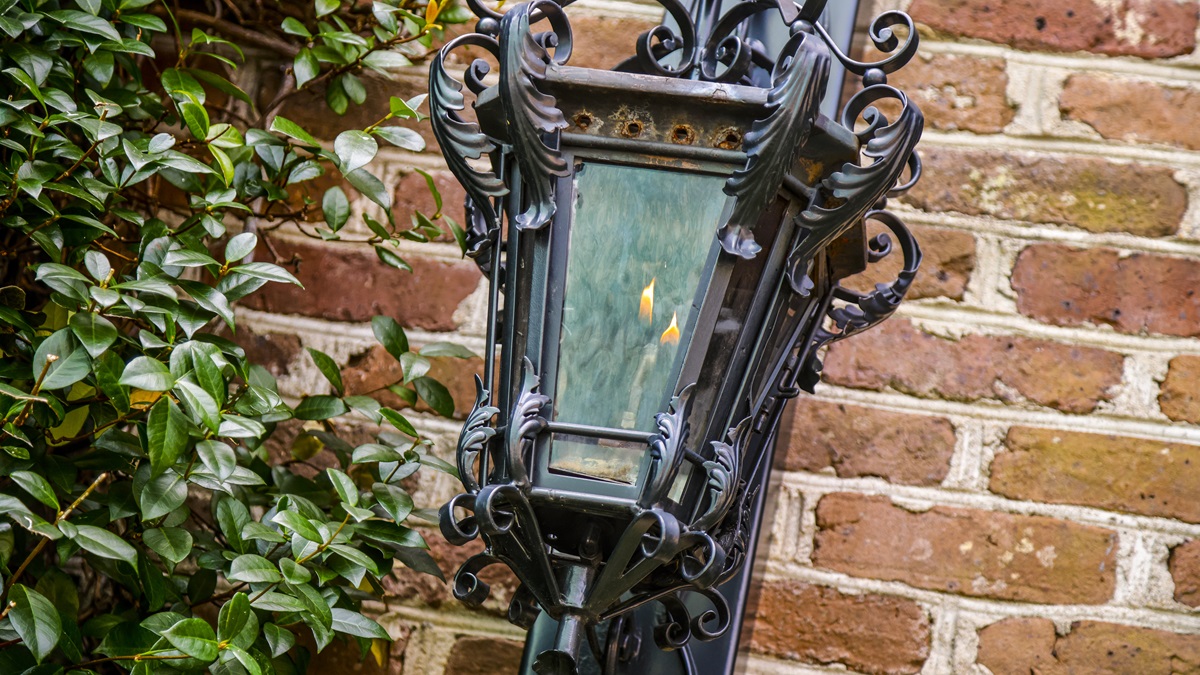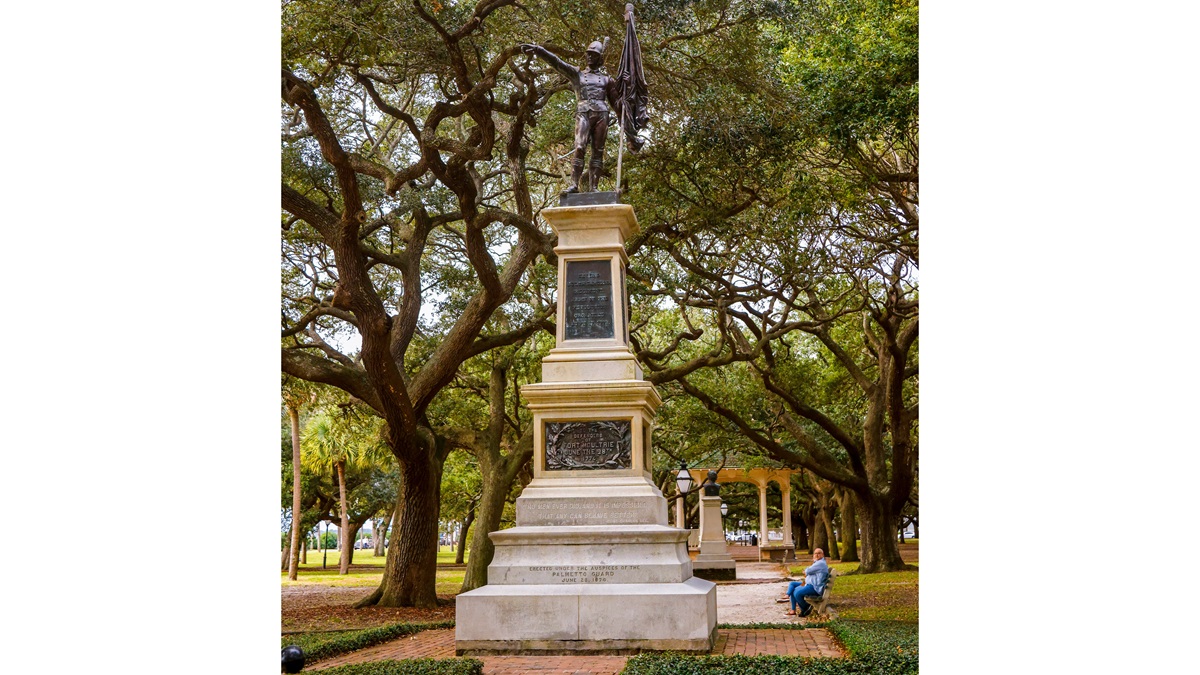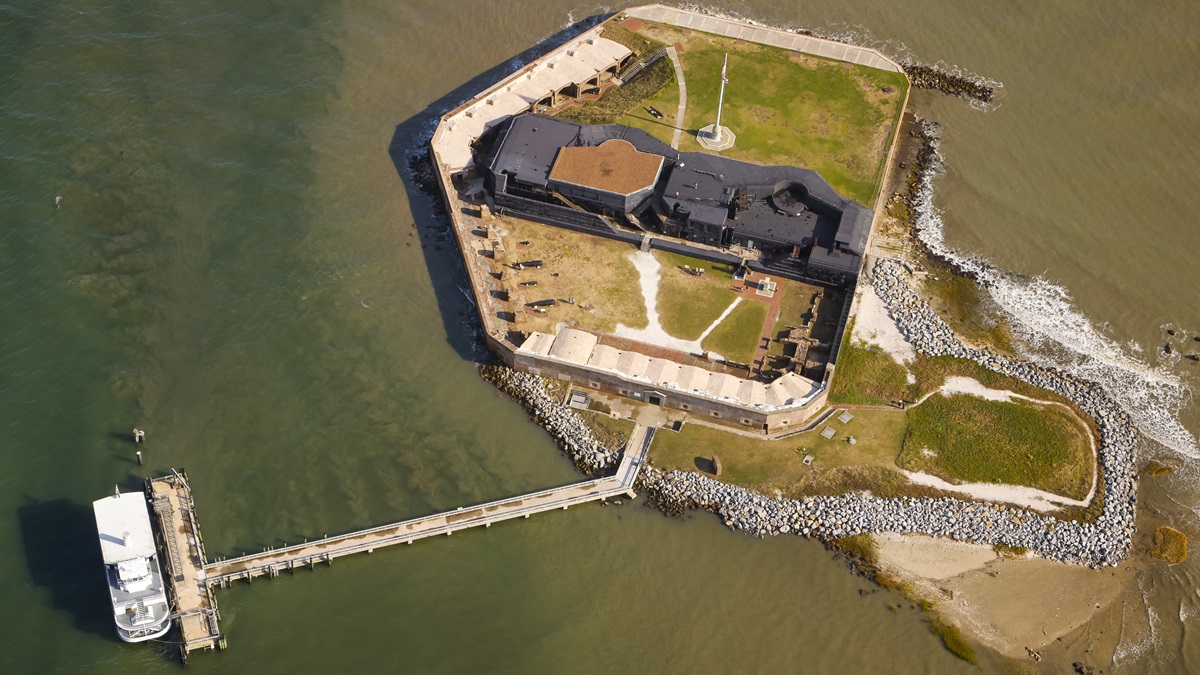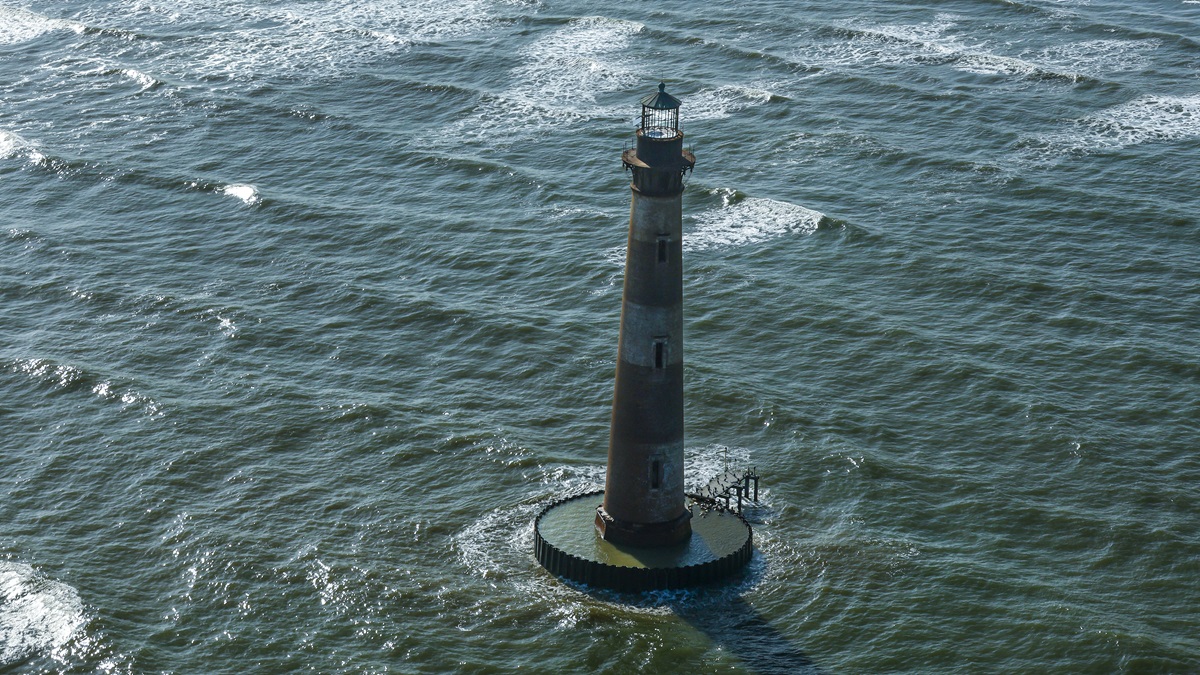Southern charm
Come for the history and the food; stay for the flying and the people
Charleston, South Carolina
Charleston has a landscape that encourages intimacy and partisanship. I have heard it said that an inoculation to the sights and smells of the Carolina low country is an almost irreversible antidote to the charms of other landscapes, other alien geographies.
You can be moved profoundly by other vistas, by other oceans, by soaring mountain ranges, but you can never be seduced. You can even forsake the Lowcountry, renounce it for other climates, but you can never completely escape the sensuous, semitropical pull of Charleston and her marshes.” —Pat Conroy, South of Broad
I was prepared to be seduced by Charleston. The South Carolina city features prominently in the books I love, especially the tomes of the late Pat Conroy whose often florid but magically evocative words conveyed a place that seemed unlike anywhere I had been before. From its rich history to its southern charm, its scented marshes to its windswept beaches, I dreamed of a place that would convince me that life should be lived low and slow, like a Piper Cub puttering up the coastline on a hot and sultry day.
Conroy, the author of wonderful books such as The Great Santini, Prince of Tides, and, my favorite, Beach Music, sure could use words to his advantage. Like the Southern gentleman he was, he could spin a tale and infuse it with the syrupy sweetness and humid insouciance of a South Carolina summer day. Would I find Charleston as charming as he portrayed?
Surprisingly, the answer would be found in the pilots and airports I visited. The history, natural beauty, food, and elegance of the city became a given; the people were the lifeblood. Not unlike a Pat Conroy novel.
“People say my characters are over the top, but, if anything, I tone them down!”—Pat Conroy
As if walking off the pages, the people we meet in Charleston are over the top, too.
For more than 10 years of his life, Texan pilot Jon Engle flew 70,000 feet above the Earth in the Lockheed U–2 spy plane for the 9th Strategic Reconnaissance Wing of the United States Air Force. That was just one of the many storied aircraft the U.S. Air Force pilot flew in his 26-year career, from F–16s to F/A–18s, and he was awarded the Distinguished Flying Cross for valor during Operation Desert Storm. Today he flies his 1942 Piper L–4, which he has owned since he was 15, over the Lowcountry of South Carolina as an aerial photographer, low and slow, documenting changes in the area, both environmentally and in urban growth.
“I love flying over the city of Charleston,” he says, as we sit and talk at his base at Charleston Executive Airport (JZI), which is about 10 miles south of the city. “I come across the bay over Fort Sumter toward downtown. The city is a peninsula and I imagine the ships in the eighteenth century coming into port, how welcoming it would have been. And I see that image in my mind from 1,000 feet. I see the abandoned beaches, the marshes. The dolphins swimming along the beaches. The egrets. The bald eagles. The salt-water feeling.”
Engle chose Charleston Executive as his base (“Executive is a big name for a small, friendly airport”) but says all the area airports are GA friendly. Charleston International Airport (CHS) welcomes GA but does not have tiedowns, and military operations take over half of the airport, as well as Boeing’s big Dreamliner base located there. His second choice of a base airport would have been Mount Pleasant Regional Airport (LRO), 10 miles in the other direction from Charleston (JZI is closer to his home). In order to fly our planned photo mission over the city, we go to Mount Pleasant to get our formation photo aircraft and pilot.
If Executive wasn’t living up to its snazzy name, Mount Pleasant lives up to its name—a very pleasant small airport with very pleasant people. The first we meet is another larger-than-life character—the honest-to-God grandson of Gen. George S. Patton Jr., “Old Blood and Guts” who commanded the Third U.S. Army after the invasion of Normandy in 1944. “Pat” Waters, now 70-something, is the treasurer of the East Cooper Pilots Association at Mount Pleasant. He’s a great storyteller and jokester, carrying his little dog, Sammy, around the FBO and giving everyone in the room a reason to smile. He only met his famous grandfather once but reveres his memory. Waters has been a pilot since he was 16.
He flies a bright yellow Varga Kachina, but also owns a Piper Comanche that he uses when he travels on business as a member of the board of the Gen. George S. Patton Museum and Center of Leadership in Fort Knox, Kentucky. He also serves as a district commissioner for the South Carolina Aeronautics Commission.
“I love the mechanics of aviation. It’s only you and God,” Waters says. “It’s peaceful, away from life’s issues. People drive and talk on the phone. When you are flying, all you are doing is flying.”
He picks up the tab for our pizza lunch before he leaves to take his wife out to lunch. Driving him home is retired U.S. Air Force Col. James Scott Wolcott, who led the Air Force support of the White House in just one aspect of his varied career and is now president of the East Cooper Pilots Association (see “Pilots,” p. 112).
Scott Grundahl will fly a Piper Cub for our photo mission. He and his wife, Julie, own the flight training school at Mount Pleasant. The couple met at the U.S. Air Force Academy in 1993. Both trained as search and rescue combat helicopter pilots. They married in 1995 and served together for 20 years—and across many assignments, including the opportunity to teach and train new pilots for the Air Force in the T–37B twin jet. That assignment showed them they had a passion for teaching, so after retirement, the pair planned to open a flight school. Julie retired first and moved to Mount Pleasant with the kids. When Hurricane Florence pummeled the area, she organized a flying relief mission with local pilots to deliver supplies to the rain-soaked border of North and South Carolina. When Scott retired a couple of years later, Julie had established their reputation in the area, was managing Mount Pleasant Flight Training, and the couple had the opportunity to buy the business. They now have a fleet of Cessna 172s, a Cirrus SR20, and a Diamond DA40. Both retired as colonels and both had distinguished careers that included Julie in command of the 1st Helicopter Squadron from 2010-2012 and Scott in command of the 811th Operations Group, which oversees the 1st Helicopter Squadron, from 2017-2019.
“If you think Charleston and the Lowcountry is beautiful from the ground, you will be awe-inspired by the view from above,” says Julie. “You can witness over 300 years of American history and one of the most magnificent coastlines in the world in a 30-minute flight. It’s truly a bucket-list-worthy experience.”
“It was my father who called the city the Mansion on the River. He was talking about Charleston, South Carolina, and he was a native son, peacock proud of a town so pretty it makes your eyes ache with pleasure just to walk down its spellbinding, narrow streets. Charleston was my father’s ministry, his hobbyhorse, his quiet obsession, and the great love of his life. His bloodstream lit up my own with a passion for the city that I’ve never lost nor ever will. I’m Charleston-born and bred. The city’s two rivers, the Ashley and the Cooper, have flooded and shaped all the days of my life on this storied peninsula.” —Pat Conroy, South of Broad
Of course, when one mentions Charleston, it is not airports and people; Charleston is history—good and bad—and food and grandeur. Let’s start with history. AOPA Director of Photography Chris Rose tells us that not one person died during the attack on Fort Sumter, considered the start of the U.S. Civil War in April 1861 (Rose always has lots of trivia). And we learn that Charlestonians sat along the squared-off corner of the “Battery” along the harbor to watch and drink toasts to the secession and battle. Fort Sumter is a part of the National Park System and includes older Fort Moultrie, which is where American Patriots defeated the British Royal Navy in 1776. You must take a ferry to visit Fort Sumter, but a GA flight offers a great bird’s-eye view to see how small the fort truly is, and to see the hard corner of the city’s peninsula. That hard corner and seawall is the confluence of Charleston harbor and the Ashley River. Here is White Point Park where pirates were hanged in the eighteenth century, and where today the gardens and gazebo in the park host brides and grooms for picturesque photos. On Charleston Harbor is “Rainbow Row,” which features 13 brightly painted townhomes dating back to 1760. They stand in sharp contrast to the Old Slave Mart two blocks away, thought to be the last standing slave auction facility in the state.

Along Waterfront Park you’ll find the Palmetto trees the area is famous for as well as the Pineapple Fountain, erected in 1990 after Hurricane Hugo devastated the city. Why pineapple? Considered a symbol of hospitality, the pineapple is emblematic of Charleston’s wealth. In the Colonial era, Charleston was a wealthy port city, greeting ships from the Caribbean, which, it is thought, is when the pineapple was introduced as a delicacy. Many homes in the city have pineapple motifs as decorative elements.
That’s a good segue to the food. You’ll find French and Creole influences, Lowcountry Southern specialties, seafood—oysters, crab, shrimp, oh my—and Caribbean treats. I had decided I would do a “shrimp and grits” cruise through Charleston and ordered the dish at just about every place we stopped. The variety was amazing—from smooth creamy grits to spicy sausage and fire-cracker shrimp. Not a one disappointed. But were I to return, I’d go back to Saltwater Cowboys on Shem Creek. Even though it was an unusually cool day and overcast, we sat on the river and watched the dolphins cavort (have a drink to saying the word “cavort”).
Market Street was a revelation. In the eighteenth century, sailing ships would arrive at the port and unload their goods; a trolley system from the foot of Market carried the goods up the street. The trolley tracks are still there, and the “market” is now a mile-long series of stalls selling everything from jewelry to Gullah baskets, trinkets, souvenirs, and South Carolina cookbooks (FYI: Pat Conroy wrote The Pat Conroy Cookbook: Recipes and Stories of My Life.) King Street is a shopping paradise as the street winds through the city and has structured blocks of related retail: The first section is boutique clothing stores, then comes the shoe block, then antiques, and then the art district.
“I carry the delicate porcelain beauty of Charleston like the hinged-shell of some soft-tissued mollusk. In its shadows you can find metal work as delicate as lace. It’s not a high-kicking glossy lipstick city.” —Pat Conroy
What Charleston is not is New Orleans North. Yes, it’s a college town (both the College of Charleston and The Citadel are here) and bars and restaurants are on every street. But Charleston is a grand dame; it is not flashy. The homes are gracious, the cobblestone streets clean—except for some horse manure from the many horse-drawn carriages—and while King Street is closed every “Second Sunday” of the month to traffic so restaurants can open on the street and visitors roam that area of the city, Charleston respects its heritage.
“There is still a Colonial feeling. There is still a Caribbean feeling,” Engle says. “And then there is a youthful, vibrant feeling, that I love, too.” For as Pat Conroy wrote: “You must appreciate beauty for it to endure.”

